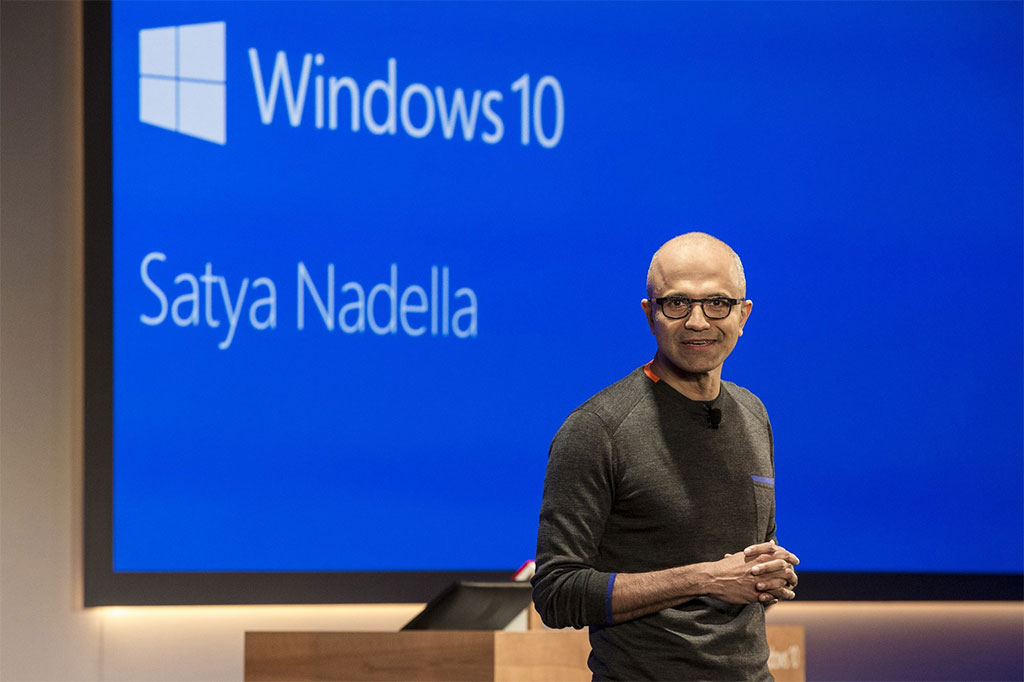Microsoft tells how it rolled out its April 2018 Update to 250 million users in record time
No other version of Windows 10 has ever rolled out to as many users in such a short time.

The goal Microsoft set out for itself with Windows 10 is to deliver two major updates every year, with monthly security patches in between. There have been five big upgrades since Windows 10 launched, the most recent of which is the April 2018 Update, which many people thought would be called the Spring Creator's Update. What sets it apart, however, is not the name but how quickly Microsoft was able to push it out to hundreds of millions of PCs.
In a blog post, Microsoft said the April 2018 Update is now sitting on 250 million devices, taking just over six weeks to hit that mark. It's the fastest roll out of any previous upgrade to Windows 10. In fact, the previous Fall Creators Update took twice as long to reach that many devices.
Microsoft achieved the feat by leveraging artificial intelligence.
"Artificial Intelligence (AI) continues to be a key area of investment for Microsoft, and we’re pleased to announce that for the first time we’ve leveraged AI at scale to greatly improve the quality and reliability of the Windows 10 April 2018 Update rollout," Microsoft said. "
Updates like this are typically staggered to ensure a smooth roll out. If there's a hiccup, Microsoft can slow things down or stop pushing the update out altogether while it addresses whatever problem might have arrived. That's where AI comes into play.
"Our AI approach intelligently selects devices that our feedback data indicate would have a great update experience and offers the April 2018 Update to these devices first. As our rollout progresses, we continuously collect update experience data and retrain our models to learn which devices will have a positive update experience, and where we may need to wait until we have higher confidence in a great experience. Our overall rollout objective is for a safe and reliable update, which means we only go as fast as is safe," Microsoft added.
Microsoft first tested the use of AI in this manner with a pilot program during the Fall Creators Update. What it observed during that limited trial is that its AI and machine learning schemes were quicker at identifying issues and negative experiences, resulting in fewer rollbacks and uninstalls, fewer reliability issues, and not as much negative user feedback.
Keep up to date with the most important stories and the best deals, as picked by the PC Gamer team.
Those trends continued with the April 2018 Update, with Microsoft employing its AI efforts on a much wider scale. Specifically, Microsoft says it saw a 20 percent reduction in system stability issues, and a 20 percent total reduction in OS and driver stability issues, on over 400,000 ecosystem drivers.
In total, Microsoft says Windows 10 is approaching 700 million devices. Microsoft's Terry Myerson famously predicted in 2015 that Windows 10 would reach 1 billion devices "in two to three years." The company ultimately fell short of that mark by more than 300 million devices, as we're now just weeks away from the three-year anniversary of Windows 10. Nevertheless, Microsoft has to be happy with the total number, especially since that prediction factored in Windows 10 Mobile.
Paul has been playing PC games and raking his knuckles on computer hardware since the Commodore 64. He does not have any tattoos, but thinks it would be cool to get one that reads LOAD"*",8,1. In his off time, he rides motorcycles and wrestles alligators (only one of those is true).


